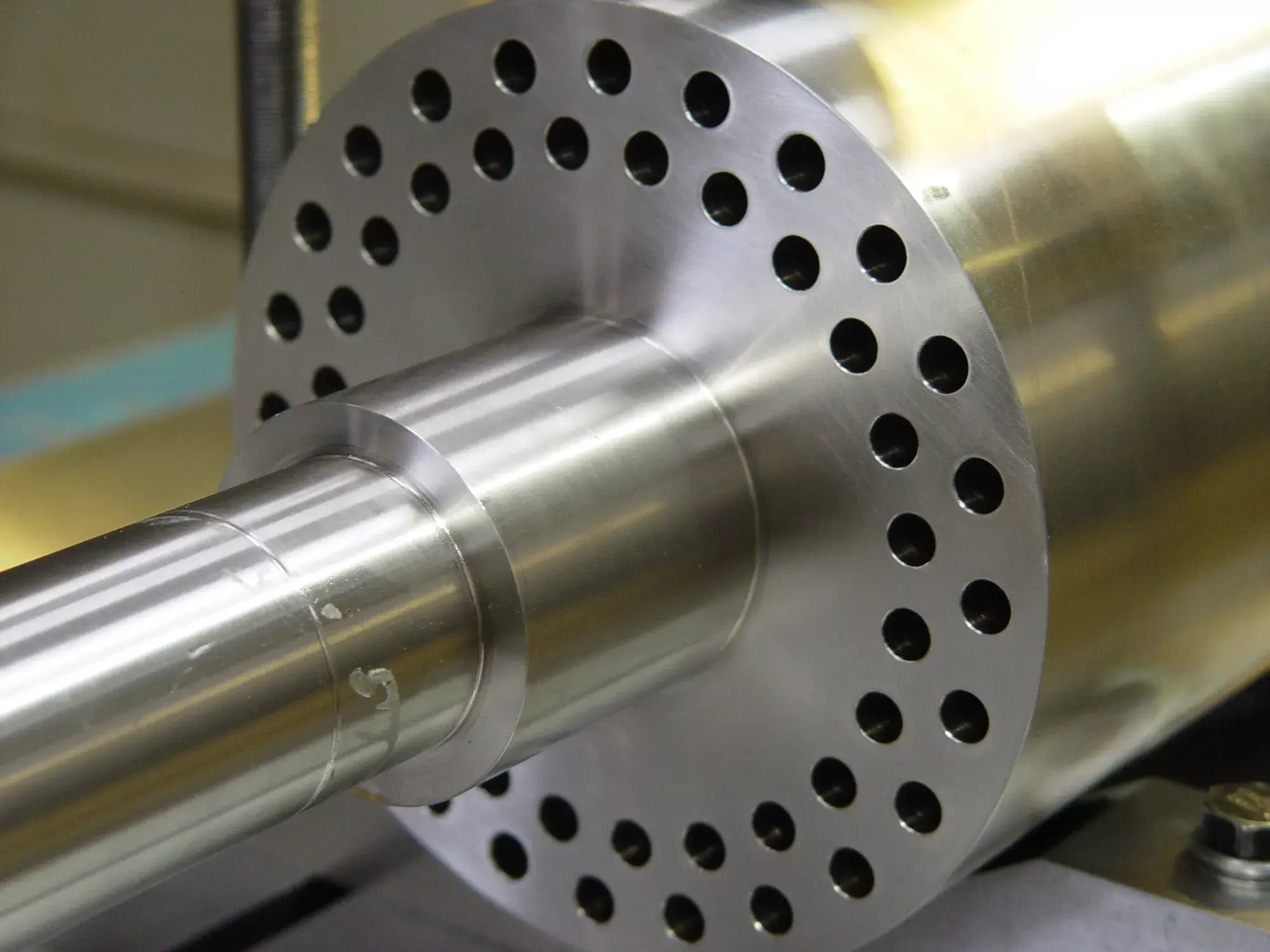
It’s easy to assume that high-tech CNC gundrilling equipment guarantees flawless results, but that’s a common misconception. Without the right tooling, setup, and operator expertise, even the most advanced machines can deliver substandard outcomes.
Whether you're drilling aerospace-grade alloys or high-volume automotive components, avoiding common CNC drilling errors is essential to maintain accuracy, quality, and efficiency. So, what are the most common CNC drilling mistakes and what steps can you take to prevent them?
In this article, we’ll outline what you should look out for.
1. Using The Wrong Tooling For The Job
One of the most common mistakes in CNC drilling is selecting an inappropriate tool for the material or hole specifications. For example, using a standard twist drill where a carbide or BTA gundrill is required can compromise straightness, surface finish, and tool life.
Prevention Tip: Always match tool geometry and material to the application. Consult your tooling supplier and refer to performance data for optimum tool selection. At Hone-All, we’ve helped many customers to resolve poor results simply by recommending a change in their required specifications.
2. Incorrect Speeds And Feeds
Running a gundrill too quickly or too slowly for the material type and tool can cause chatter, poor swarf removal, or even tool breakage. This leads to reduced accuracy and increases wear on both tools and machines.
Prevention Tip: Use manufacturer-recommended speed and feed rates as a baseline, then fine-tune based on trial results. Monitor tool wear and surface finish to identify when adjustments are needed.
3. Poor Workpiece Holding And Fixturing
If the workpiece is not clamped securely, even the most accurate program will produce inconsistent results. Movement during drilling causes hole misalignment, tapering, or burrs. As well as compromising part quality, this can also damage tooling and increase machine wear over time.
Prevention Tip: Invest in high-quality fixturing that holds parts rigidly in place, especially for deep-hole applications. Test the integrity of the fixture before commencing full production runs.
4. Inadequate CNC Programming
Even slight errors in programming can result in material wastage or rework which can impact negatively on profits and material disposal charges. Common faults include incorrect depth settings, overlooked offsets, or failing to account for tool wear.
Prevention Tip: Ensure all programs are verified and checked for accuracy. Precision CNC programming requires exceptional attention to detail and a high level of operator training, which, at @Hone-All Precision Ltd., we prioritise for every project that we undertake.
5. Lack Of Operator Skill And Training
Advanced machinery may deliver impressive results, but only if used correctly. Users of CNC gundrilling equipment must be thoroughly trained as inexperienced operators may miss subtle warning signs or misinterpret error codes, meaning small problems quickly escalate into major faults.
Prevention Tip: Invest in regular training and promote a culture of process understanding in the workplace. Experienced operators who are comprehensively trained are your first line of defence against drilling errors.
Get A Quote From Our Expert Engineers Today
By outsourcing your CNC deep hole drilling to the experts at Hone-All, you can avoid expensive mistakes and improve process efficiency on your manufacturing line. With decades of in-house expertise, access to the latest CNC machines, and a passion for problem-solving and creativity, we deliver consistent and accurate results that will save you time and money.
For a tailored quotation for your next project contact us today.






